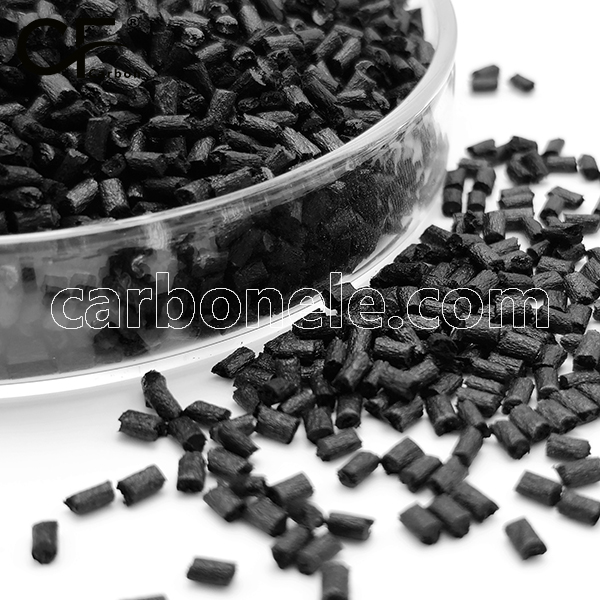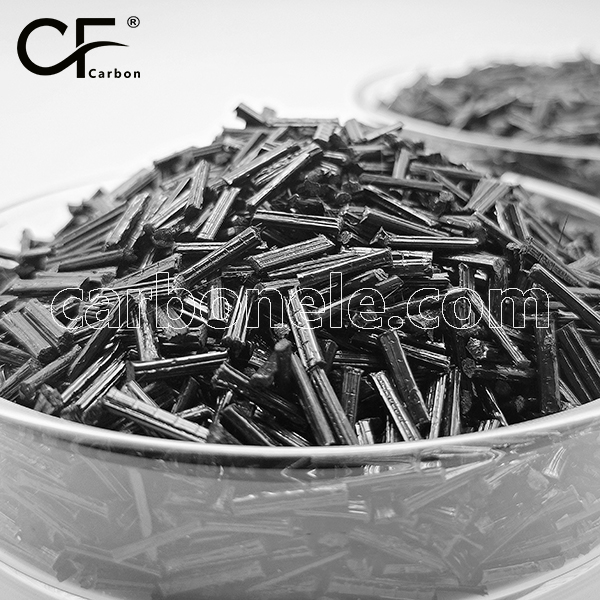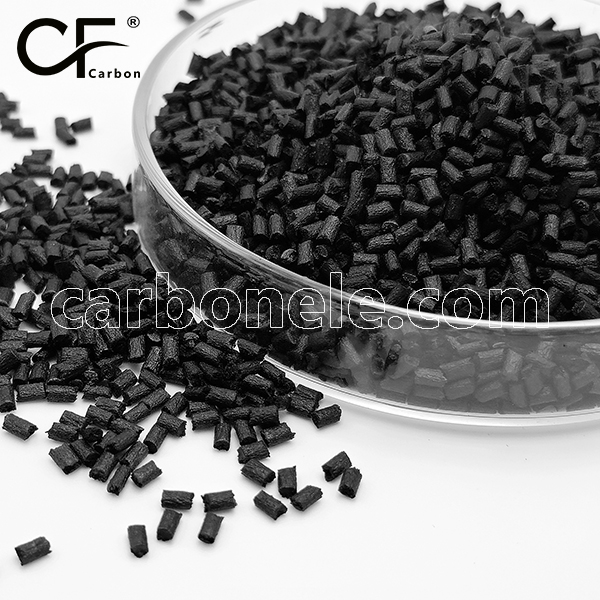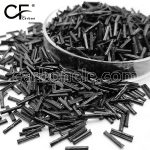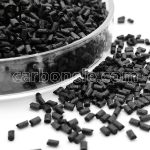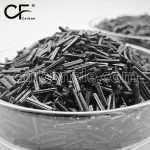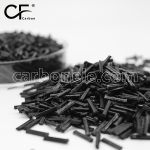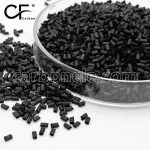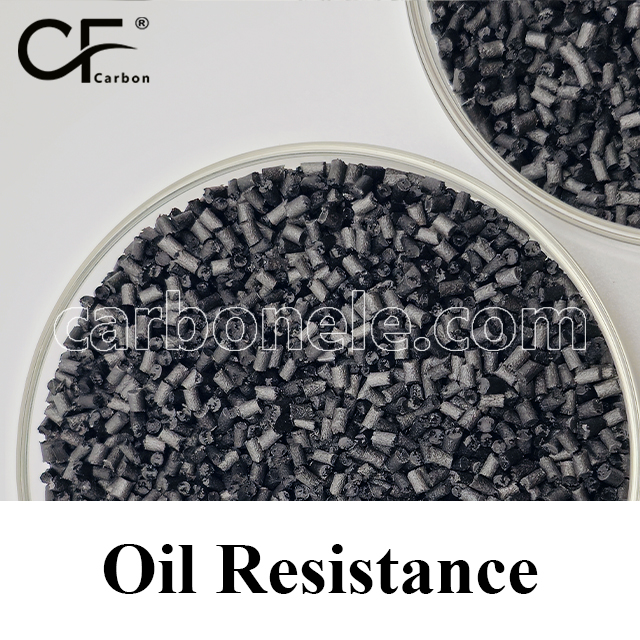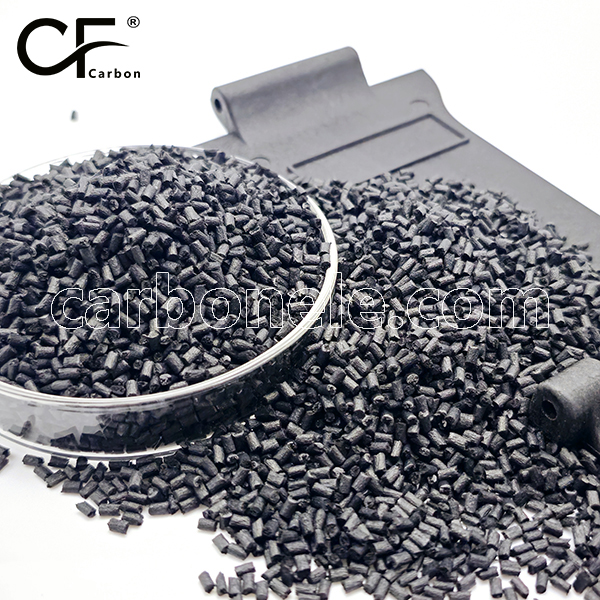
Black PA6 CF30 Plastic Materials for 3D Printing Auto Parts
PA6 cf30 plastic materials suitable for 3D printing automotive parts due to its high strength, rigidity, excellent thermal stability, chemical corrosion resistance and good compatibility with 3D printing technology.
- Manufacturer: Carbon New Material
- OEM/ODM: Acceptable
- Color: Black
- Free Samples: ≤25kgs
- MOQ: 100kgs
- Port: Xiamen
- Model: PA6-CF-BCA3
- Fillers: Carbon fibers
Black PA6 CF30 Plastic Materials for 3D Printing Auto Parts
Why choose PA6 CF30 as raw materials of 3D printing auto parts?
Mechanical properties
– It has relatively high strength and can withstand the external forces exerted on automotive parts during actual use, ensuring the structural stability of the parts.
– It possesses good rigidity, which can maintain the shape of the parts and prevent excessive deformation due to external forces, meeting the requirements of vehicle operation.
Thermal stability
– In the environment of temperature changes under different working conditions of automobiles, it exhibits excellent thermal stability and can always maintain stable performance, preventing the parts from deforming or being damaged due to temperature fluctuations.
Chemical corrosion resistance
– It can effectively resist the erosion of various chemical substances such as fuel, lubricating oil, and cleaning agents that may be encountered in the automotive environment, thus prolonging the service life of the parts.
Process compatibility
– It has good compatibility with 3D printing technology and can accurately fabricate automotive parts with complex shapes through 3D printing, meeting the diverse design requirements of automotive parts.
Obtain information such as product specifications, performance, and price, and choose a suitable product according to your own needs. If you are interested in purchasing this composite material (PA6-CF-BCA3), please contact the manufacturer – Carbon New Material (Xiamen) Company directly.
How to Buy?
If you want to obtain information such as product specifications, performance, and price, choose a suitable product according to your own needs. Meanwhile, you can ask the manufacturer to provide samples for testing to ensure that the material meets your usage requirements. If you are interested in purchasing this composite material, please contact the manufacturer Carbon (Xiamen) New Material directly.
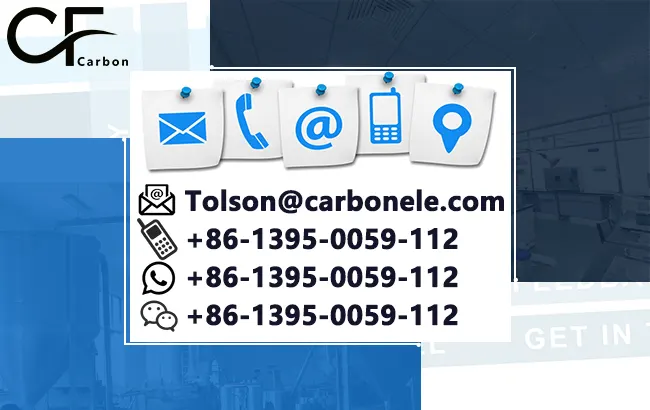
Frequently Asked Questions
Carbon (Xiamen) New Material Co., Ltd. aims to provide buyers with "one-stop" worry-free high-quality services. Here you can find all information about carbon fiber engineering plastics. If you still have questions, please send us an email for consultation!
-
How can I contact the manufacturer of a product that interests me?
When you find a product you are interested in, you can contact the manufacturer directly by sending an email and we will get back to you as soon as possible.
-
How do I find the products that interest me?
All you need to do is enter the keyword, product name in the search window and press the Enter key on your keyboard. Your search results page will then be displayed. You can also search within the product category pages on the home page. Each category is divided into subcategories, allowing you to refine your search and find products that interest you.
-
Where will I find a buying guide?
Please contact our after-sales service directly and we will provide you with a comprehensive operating guide.
-
What are CF Reinforced Thermoplastic Composites?
CF Reinforced Thermoplastic Composites are materials where carbon fibers are incorporated into a thermoplastic matrix. They combine the strength and stiffness of carbon fibers with the processability and recyclability of thermoplastics. For instance, they are used in automotive parts like bumper beams.
-
What are the benefits of CF Reinforced Thermoplastic Composites over traditional composites?
The key benefits include faster production cycles, easier recyclability, and better impact resistance. They also offer design flexibility. An example is in the manufacturing of consumer electronics casings where complex shapes can be achieved more easily.
-
How are CF Reinforced Thermoplastic Composites processed?
Common processing methods include injection molding, extrusion, and compression molding. Injection molding is widely used for mass production. For example, in the production of small components for the medical industry.
-
What industries use CF Reinforced Thermoplastic Composites?
They are utilized in aerospace, automotive, medical, and sports equipment industries. In aerospace, they can be found in interior components. In the medical field, they might be used in prosthetics.
-
How does the carbon fiber content affect the properties of the composites?
Higher carbon fiber content generally leads to increased strength and stiffness but may reduce ductility. A moderate content is often balanced for specific applications. For example, a higher content might be preferred in structural parts of a race car.
-
What are the challenges in using CF Reinforced Thermoplastic Composites?
Challenges include higher material costs, complex processing equipment requirements, and ensuring uniform fiber dispersion. Issues with adhesion between the fibers and the matrix can also arise. An example is in achieving consistent quality in large-scale production.









